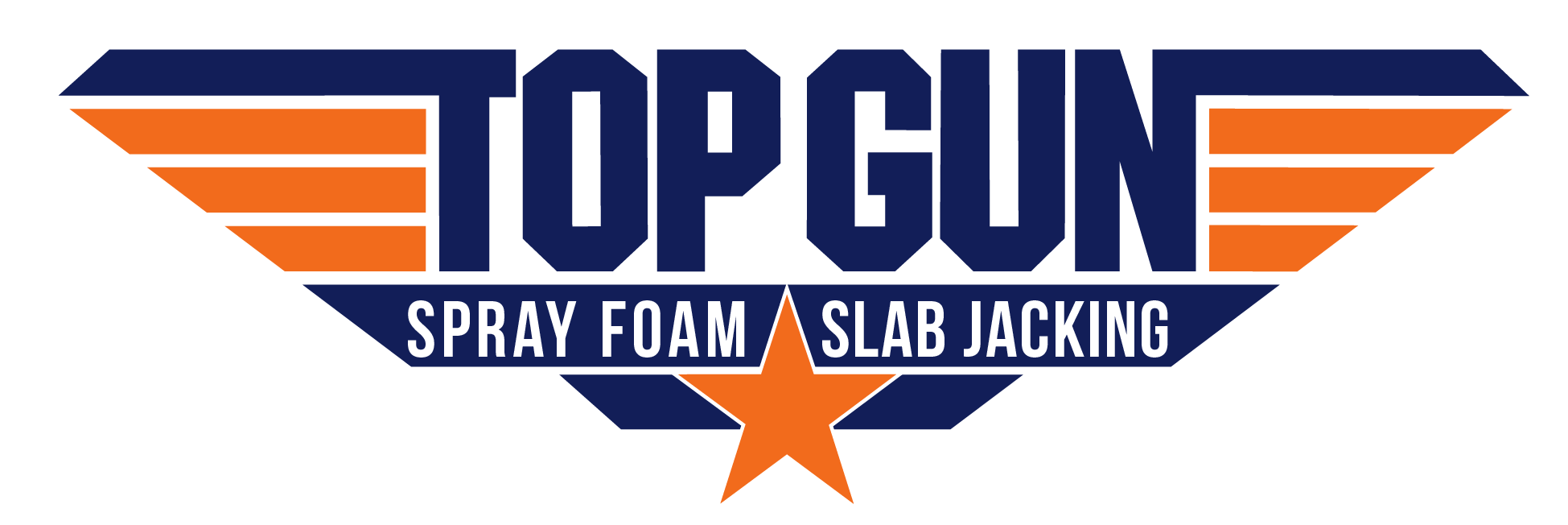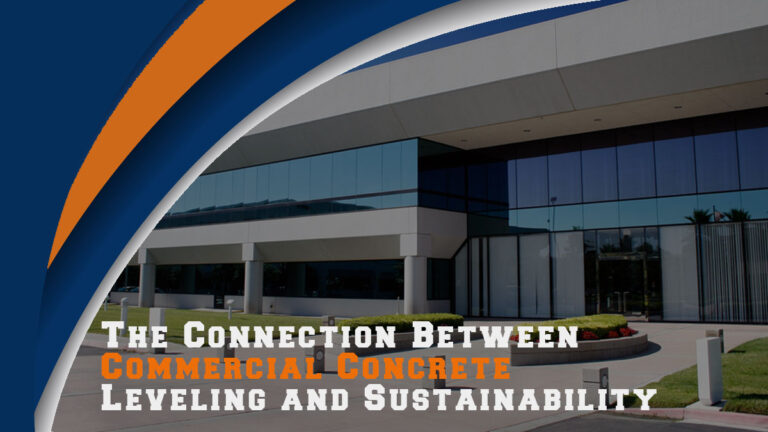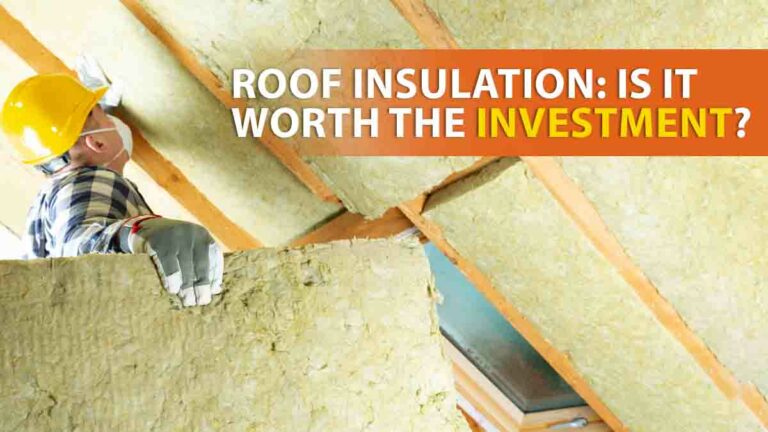Hidden Treasures: Unveiling the Underground Structure Repair Restoration
We walk, drive, work, and live above every underground structure daily. These often-forgotten underground structures often go unnoticed. But what happens when hidden signs of wear and tear emerge in these unseen pillars of our daily life? Let’s shine a spotlight and read about underground structure repair restoration – your secret weapon in preserving these hidden treasures’ health and extended lifespan.
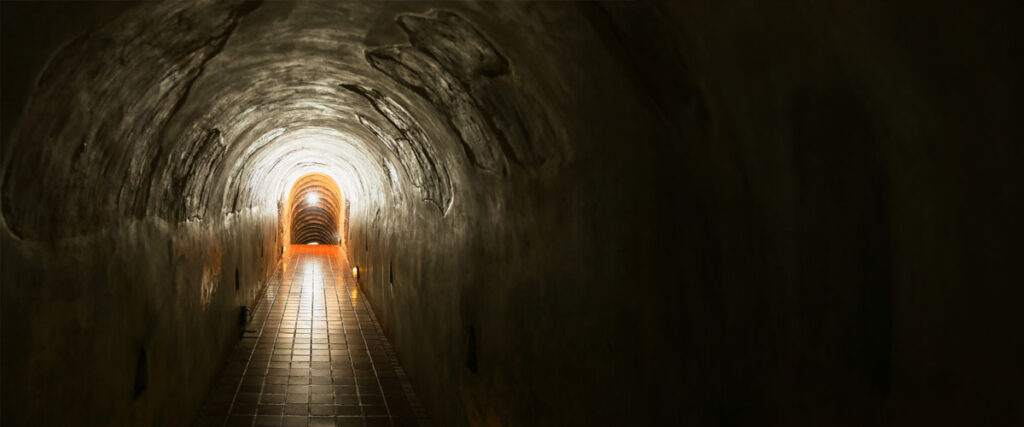
What Are Underground Structures?
Underground structures are constructed beneath the earth’s surface and designed for various practical purposes. Common types include:
- Basements: An extra space for living, storage, or utility equipment. They can be finished for additional living quarters or left unfinished for storage and access to plumbing or electrical systems.
- Tunnels: These are transport pathways under cities or water bodies.
- Underground Garages: These are space-saving parking solutions in densely populated areas.
- Vaults: Highly secure rooms or compartments designed to protect valuable items, sensitive documents, or hazardous materials.
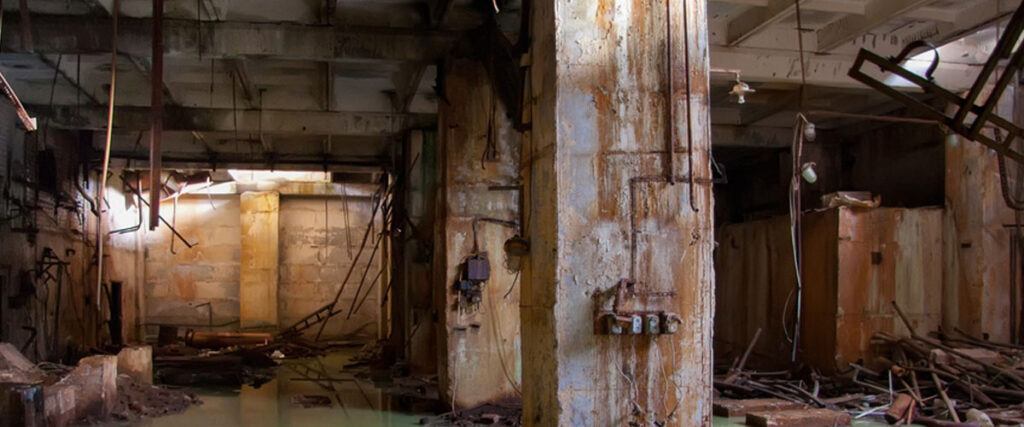
Causes of Underground Structure Damage
Underground structures, while robust, aren’t immune to damage. Below are the common causes of these damages:
- Water Infiltration: Perhaps the most common, water seepage can lead to structural weakening, mold growth, and electrical hazards.
- Soil Movement: Shifting soil, whether due to natural settlement or seismic activity, can crack or displace foundations, compromising structural integrity. A particular study focuses on the impact of seismic activity on underground structures to better their structural design. This adds another layer to why we need to keep a close eye on underground systems.
- Corrosion: Metal components in underground structures, especially in damp environments, are prone to rust and corrosion, weakening their strength over time.
Understanding these threats is crucial for maintaining the longevity and safety of underground structures, necessitating regular inspections and proactive maintenance strategies.
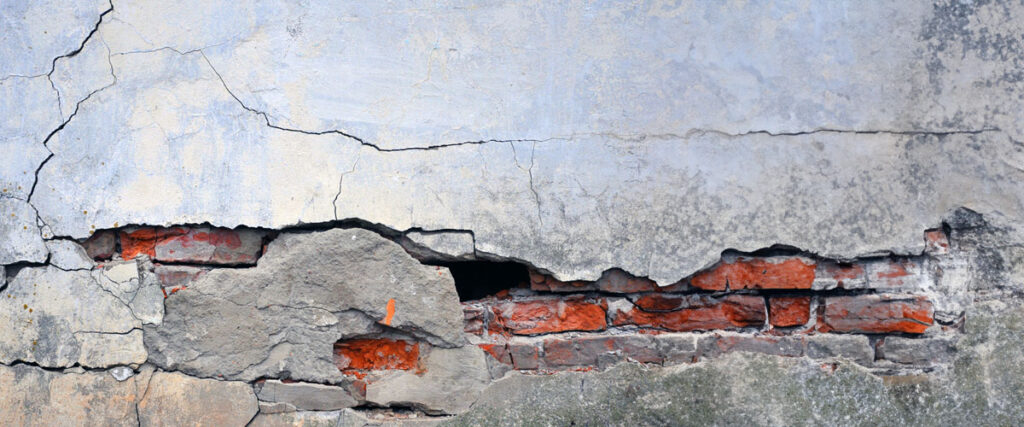
Detecting the Hidden Signs of Damage
Although these structures may not always reveal their distress quickly, sure signs can indicate a need for repair and restoration:
- Cracking: Visible cracks, especially those widening in walls or floors, are telltale signs of structural stress. They can result from soil movement, water damage, or natural aging.
- Leaks: Water intrusion, evidenced by damp walls, pooling water, or a musty smell, suggests compromised waterproofing or drainage issues. Ignoring leaks can lead to more severe damage over time.
- Structural Deformation: Any signs of uneven floors, misaligned walls, or doors that won’t close properly can indicate severe structural foundation issues that need immediate attention.
- Corrosion: Rusting of metal components within the structure, such as reinforcements, pipes, or fixtures, can weaken structural integrity and functionality.
- Electrical Issues: Flickering lights or malfunctioning electrical systems in underground spaces might signal water infiltration or other structural problems affecting electrical wiring.
Recognizing these signs early and seeking professional assessment can prevent further repairs, ensuring the longevity and safety of your underground structure.

Restoration Methods in Underground Structure Repair
Maintaining the integrity of underground structures demands specialized repair and restoration methods. Here’s how professionals approach underground structure repair restoration:
· Void Filling: An essential method involve
Filling empty spaces or cavities in the soil with materials like grout or foam. This method stabilizes the ground, prevents further soil movement, and supports the structure from beneath, which is particularly important in areas with significant soil erosion or movement.
· Crack Injection
A fundamental step in restoring underground structures, this advanced technique involves injecting epoxy or polyurethane foam into cracks. This seals the crack and strengthens the area, preventing further deterioration.
· Waterproofing
Essential in underground facility restoration, waterproofing methods range from applying sealants to installing membranes. These create a barrier against water infiltration, a crucial step in protecting the structure from moisture-related damage.
· Structural Reinforcement
This aspect of underground structural repair involves reinforcing weakened areas with additional supports. Techniques include installing steel braces, carbon fiber strips, or underpinning foundations to enhance structural strength and stability.
· Drainage Systems
A proactive approach in underground structure maintenance, upgrading, or installing new drainage systems prevents water accumulation around and beneath the structure. Adequate drainage reduces hydrostatic pressure and mitigates the risk of water damage.
Each method plays a pivotal role in underground structure restoration, ensuring our urban landscape’s hidden yet essential components remain safe, functional, and durable. Regular assessments and timely interventions are crucial to mitigating risks and extending the life of these subterranean marvels.
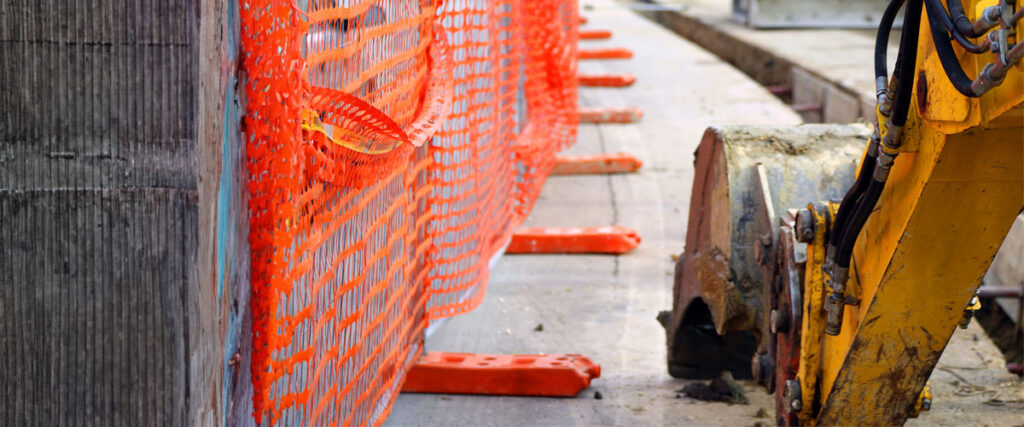
Key Factors to Consider in Underground Structure Repair
Selecting the suitable method for underground structure repair restoration involves assessing damage severity and understanding the structure’s specific needs. It’s crucial to balance these factors with your budget and ensure compliance with local building regulations. Consider the following:
- Damage Severity: Gauge the extent and depth of the damage.
- Structure Type: Factors in the specific characteristics of the structure, like a basement or tunnel.
- Budget Limits: Assess how much you can reasonably spend.
- Local Regulations: Ensure compliance with regional building codes and environmental guidelines.
- Long-Term Durability: Evaluate the longevity of the proposed repair solutions.
- Impact on Surrounding Area: Consider how the repair might affect nearby structures and the environment.
- Timeframe for Repair: Assess how long the repair will take and the potential for disruption.
- Expertise Required: Ensure you have access to skilled professionals with experience in the specific type of repair needed.
These factors guide you in making a practical, informed decision, ensuring your underground repair strategy is reasonable and sustainable.
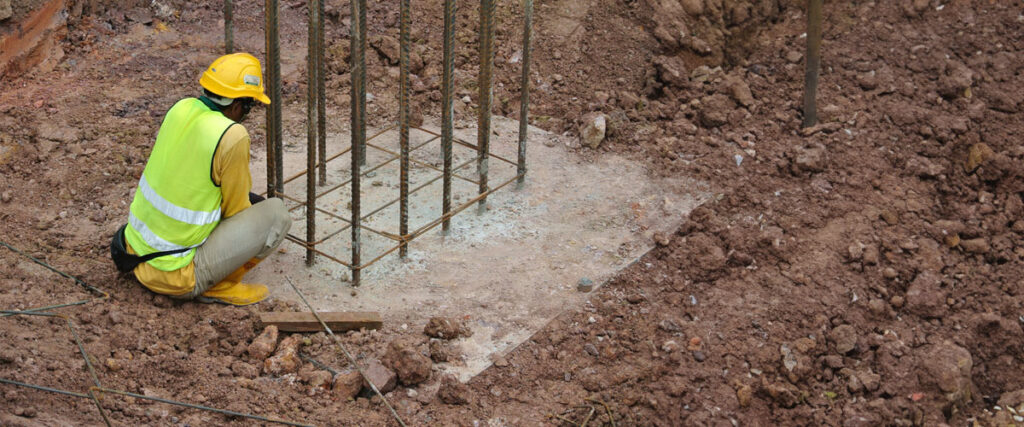
The Final Word: Securing the Foundations
Underground structure repair restoration is crucial for preserving the integrity and functionality of underground spaces. Timely attention to repair needs can prevent further damage and ensure safety. If you’re noticing signs of wear or damage, take proactive steps. Consider Underground Structure Repair Restoration in Lawrence, KS, for expert assistance and reliable and professional solutions.
References:
- Yiouta-Mitra, P. et al. (2012). Effect of Underground Structures in Earthquake Resistant Design of Surface Structures. American Society of Civil Engineers. https://ascelibrary.org/doi/10.1061/40904(223)16
